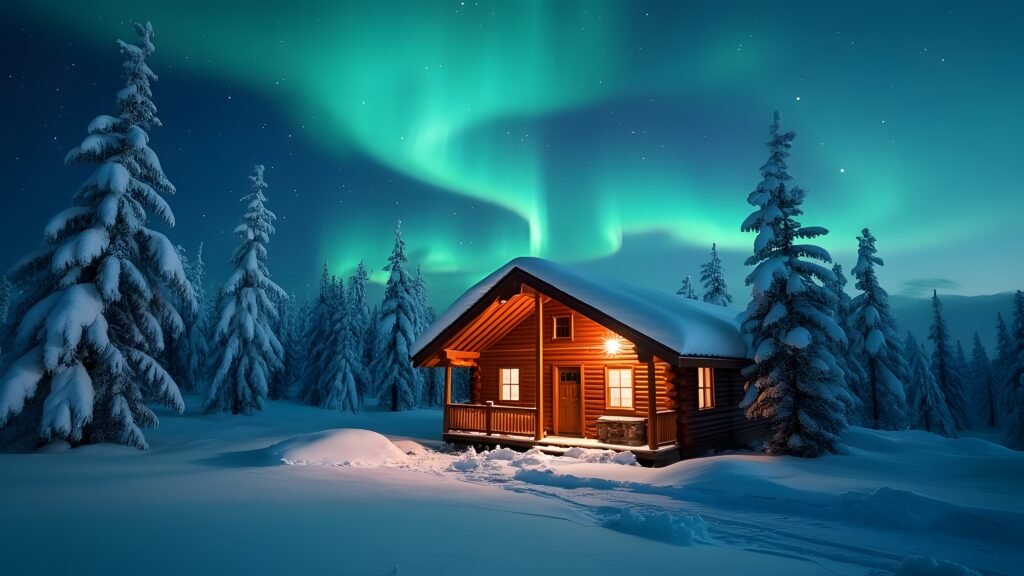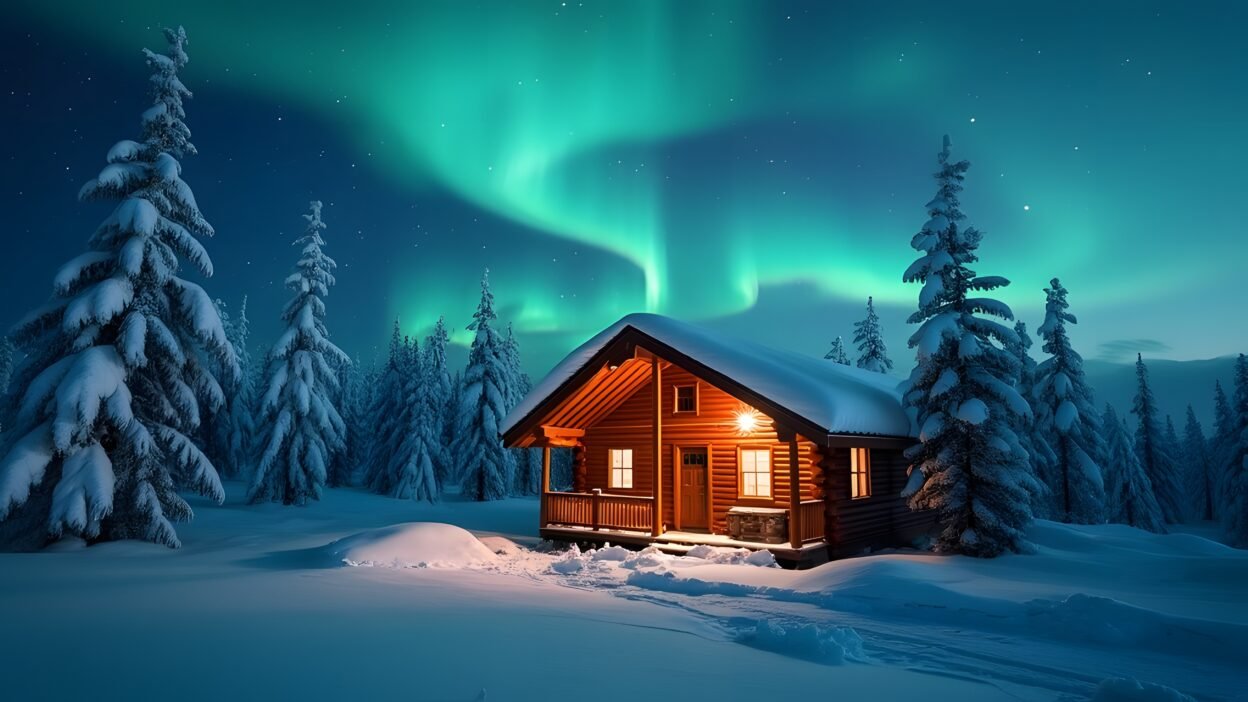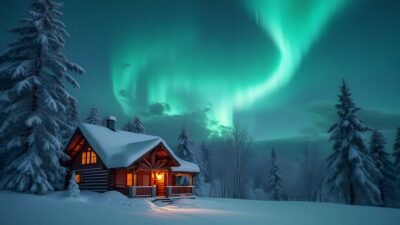The northern lights, or Aurora Borealis, are one of the most mesmerizing natural phenomena on Earth. This breathtaking light display has inspired myths, legends, and countless travelers to venture into the Arctic Circle. But what exactly are the northern lights, and how do they occur? In this blog, we’ll explore the science behind this magical spectacle and share tips on how to capture it in all its glory.

Table of Contents
What Are the Northern Lights?
The northern lights are a natural light display that occurs in the Earth’s atmosphere, primarily in the Northern Hemisphere. Known scientifically as Aurora Borealis, they are named after the Roman goddess of dawn, Aurora, and the Greek word for the north wind, Boreas. In the Southern Hemisphere, a similar phenomenon occurs, called the Aurora Australis (southern lights).
How Do the Northern Lights Form?
The northern lights are the result of a fascinating interplay between the Sun and Earth’s magnetic field. Here’s how it works:
- Solar Wind: The Sun constantly emits a stream of charged particles called the solar wind. During periods of high solar activity, such as solar flares or coronal mass ejections, these particles are ejected at even higher speeds.
- Earth’s Magnetic Field: When these charged particles reach Earth, they interact with our planet’s magnetic field. Most of the particles are deflected, but some are funneled toward the polar regions.
- Collision with Atmospheric Gases: As the particles collide with gases in Earth’s atmosphere, they release energy in the form of light. The color of the light depends on the type of gas and the altitude of the collision:
- Oxygen: Produces green or red lights.
- Nitrogen: Produces blue or violet lights.
Where Can You See the Northern Lights?
The northern lights are most commonly visible in regions close to the Arctic Circle, including:
- Iceland
- Norway (especially Tromsø and Svalbard)
- Sweden
- Finland
- Canada (Alberta, Yukon, and Northwest Territories)
- Alaska (Fairbanks is a prime location)
The closer you are to the North Pole, the better your chances of witnessing this spectacular display.
When Is the Best Time to See the Northern Lights?
The northern lights are visible during the winter months when the nights are long and dark. The best time to see them is typically:
- November to March: Peak viewing season.
- December to February: The darkest months with the highest chances of clear skies.
- September and October: Less predictable but still possible, with milder weather.
Tips for Photographing the Northern Lights
Capturing the northern lights on camera can be challenging but incredibly rewarding. Here are some tips to help you get the perfect shot:
- Use a Tripod: Stability is key for long-exposure shots.
- Manual Settings: Set your camera to manual mode and adjust the following:
- Aperture: Use a wide aperture (f/2.8 or lower).
- Shutter Speed: Start with 10-30 seconds.
- ISO: Set between 800 and 3200, depending on the brightness.
- Focus Manually: Autofocus can struggle in low light, so switch to manual focus and set it to infinity.
- Bring Extra Batteries: Cold weather drains batteries quickly.
- Use a Remote Shutter Release: This minimizes camera shake.
For smartphone photography, use night mode or a dedicated northern lights app to enhance your shots.
Fun Facts About the Northern Lights
- The northern lights can appear in various shapes, including arcs, curtains, and spirals.
- They are visible from space! Astronauts often capture stunning images of the aurora from the International Space Station.
- In ancient times, people believed the northern lights were spirits, gods, or omens.
Plan Your Northern Lights Adventure
Witnessing the northern lights is a bucket-list experience that combines science, nature, and adventure. Whether you’re exploring Iceland’s glaciers, dog sledding in Alaska, or staying in a glass igloo in Finland, the aurora will leave you in awe.
Ready to chase the lights? Check out our curated northern lights tour packages and start planning your unforgettable journey today!
For more tips, guides, and travel inspiration, visit our blog or contact our travel experts. The northern lights are waiting—don’t miss your chance to see them! 🌌✨
See Also: How to Photograph the Northern Lights with a Smartphone
See Also : Iceland Northern Lights & Golden Circle: A 5-Day Adventure



